Industry must respond to changing market conditions
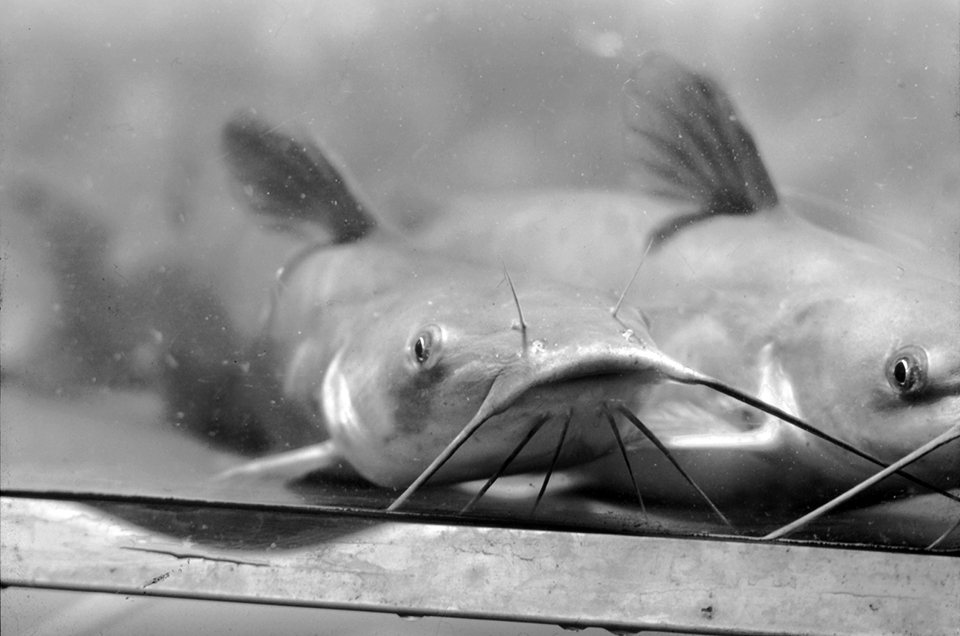
Over the past 20 years, the popularity of channel catfish has expanded from the southern states of the United States to the entire country and beyond. Harvests approached 600 million lbs (272 million kg) in 2001, and farm-raised catfish has matured into a commodity. As a commodity, catfish can be freely substituted with other products, such as the catfish of the family Pangasiidae now imported from Vietnam into the U.S. market.
Price decline
Because of this and other factors, particularly the current economic downturn and historically high processor inventory levels of some 14.3 million pounds (6.5 million kg) in 2001, catfish prices have dropped. Given the pervasiveness of the global marketplace, they may never reach previous highs again. In fact, if one considers the low farm-gate prices of other agricultural commodities such as poultry and pork, catfish prices could slip as low as U.S. $0.45 per lb.
If we assume that catfish prices gravitate to this or some other low level, what changes in the industry will be necessary to enable profitable operation for existing farms? There are two primary approaches: cost reduction and new production gains.
Cost reduction
In the first approach, which could begin immediately, costs can be reduced in several areas.
Lower stocking densities
A starting place could be the reduction of stocking densities. This would reduce feed inputs, feed bills, nutrient accumulation in ponds, and the incidence of off-flavor. In addition, it would reduce stress on fish, cut disease losses, and lessen the need (and costs) for aeration. Lower densities would also increase growth rates and reduce predation by providing less incentive to piscivorous birds and less time of vulnerability for the fish. Overall, this would lead to reduced uncertainty in harvest.
Stock larger animals
One way to offset reduced stocking densities is to stock larger fish, which also reduces uncertainty. It could allow harvest before bird predation peaks during the winter months. Such an approach, however, would require a rethinking of the role of fingerling producers and the utility of multiple-batch production.
Evaluate alternatives
Economic analyses can be used to evaluate these and other alternative husbandry practices with the goal of enabling profitable operation at low farm-gate prices – a departure from traditional analyses. Traditional analy-ses tend to emphasize maximization of profits by reductions in per-unit costs through increased production utilizing existing husbandry practices.
Can these methods reduce production costs enough to ensure profitability in the global marketplace? Perhaps not, but another path can be pursued.
New production gains
In the second approach to maintaining profitability with low prices, new avenues for increased production must be identified.
Genetic improvement
An obvious starting place would be to utilize genetic improvement in the manner employed by modern dairy, beef, and pork livestock industries. Important goals would include increased growth rates and improved feed conversion, which would reduce time to harvest and cut feed costs. Based on advances made with other livestock such as chickens, a reasonable goal would be to reduce time to harvest by 50 percent. This would effectively enable double-cropping.
In addition, improvements in dress-out percentage, uniformity of growth, and disease resistance would increase production efficiency and global competitiveness. Evaluation programs for harvesting and processing data would of course be required to enable informed decisions concerning the goals and effectiveness of genetic improvement.
Responding to market conditions
These approaches are not new, but may be ideas whose time has finally arrived. The bottom line is the catfish industry needs to respond to new market conditions. For the present, culture practices can be adapted to reduce costs. For the future, the catfish industry can look to the essentially unexploited benefits of genetic improvement. Perhaps improvements in poultry can serve as an example.
U.S. poultry industry
Over 50 years ago, the poultry industry in the United States embarked on the Chicken of Tomorrow program to breed superior chickens and develop a market for meat in addition to eggs. In 1946, a three-year contest was established with support from the A&P supermarket chain. Contestants were asked to, in effect, design a better chicken.
The contest began with state and local competitions, and expanded into regional competition. After the national competition in 1948, the poultry industry went as far as to construct wax models of the desired improvements in carcass composition to direct breeding programs.
Catfish of tomorrow?
Through the Chicken of Tomorrow experience, researchers, producers, processors, and marketers recognized that specific, shared goals were necessary to realize genetic improvement and the evaluation needed to ensure progress. What would the “catfish of tomorrow” look like, and in what kind of production system would it swim, if we drew a consensus from today’s researchers, producers, processors, and marketers?
Conclusion
Prices below current break-even levels could be an outcome of global competition in the production of catfish and other seafood. If the catfish industry performs like other agricultural commodities, however, these prices could be stable for decades to come.
Catfish producers and processors should actively begin the process of reconsidering production systems to drastically reduce costs and equitably share risks. They should also vigorously develop the consensus necessary to realize the “catfish of tomorrow,” including the evaluation, decision-making and feedback mechanisms necessary to ensure progressive genetic improvement.
(Editor’s Note: This article was originally published in the February 2002 print edition of the Global Aquaculture Advocate.)
Now that you've reached the end of the article ...
… please consider supporting GSA’s mission to advance responsible seafood practices through education, advocacy and third-party assurances. The Advocate aims to document the evolution of responsible seafood practices and share the expansive knowledge of our vast network of contributors.
By becoming a Global Seafood Alliance member, you’re ensuring that all of the pre-competitive work we do through member benefits, resources and events can continue. Individual membership costs just $50 a year.
Not a GSA member? Join us.
Authors
-
Terrence R. Tiersch, Ph.D.
Aquaculture Research Station
Louisiana State University Agricultural Center
Louisiana Agricultural Experiment Station
Baton Rouge, Louisiana 70803 USA -
Robert P. Romaire, Ph.D.
Aquaculture Research Station
Louisiana State University Agricultural Center
Louisiana Agricultural Experiment Station
Baton Rouge, Louisiana 70803 USA
Tagged With
Related Posts
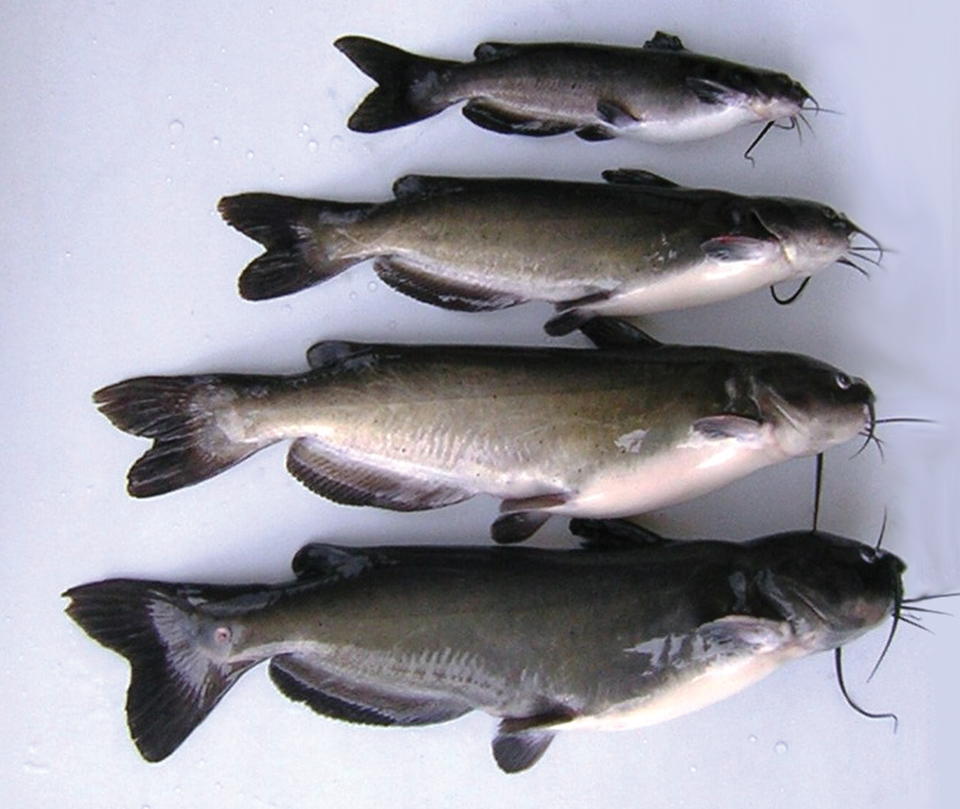
Health & Welfare
Temperature cycles induce early maturation in channel catfish
Research with channel catfish found that the induction of puberty is a developmental process that requires temperature cycles and is independent of body size. It may be possible to achieve early maturation in channel catfish in less than two years.
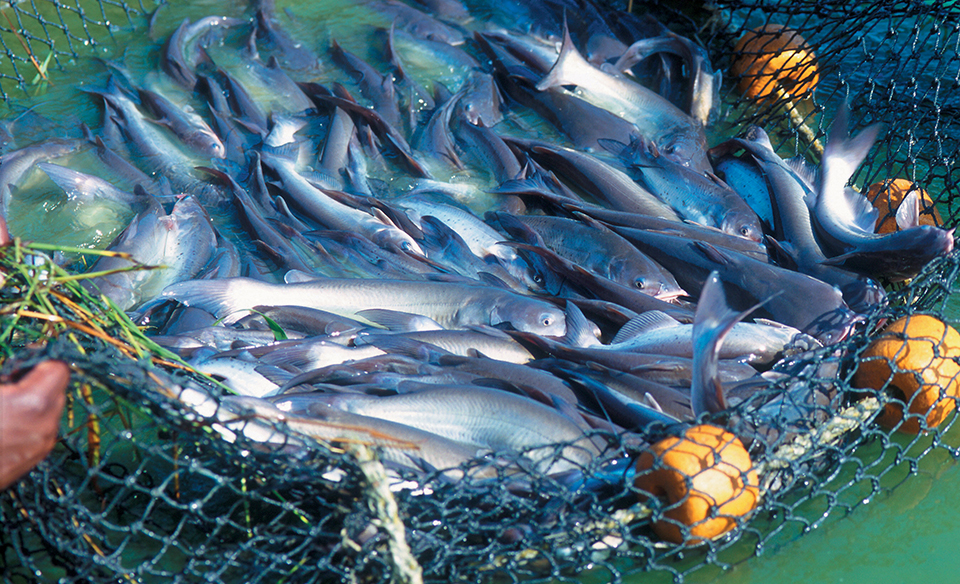
Health & Welfare
Catfish genetics and breeding
Although research on catfish genetics began in the 1960s, applications of genetic improvement in aquaculture have lagged behind other animal industries.
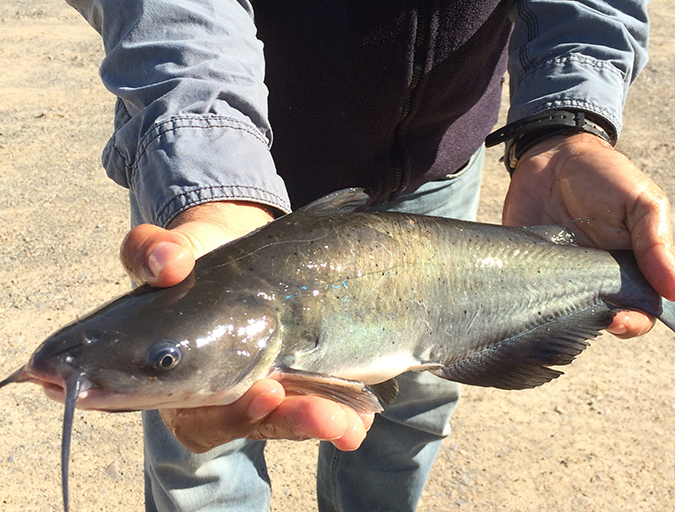
Intelligence
Commercial implementation of in-pond raceway system
An in-pond raceway system in Alabama was utilized to supply various niche markets, including Asian grocery store chains that desired fresh live fish, recreational pond stocking businesses, private pond owners and fee fishing operations. In many cases, a higher price was achieved.
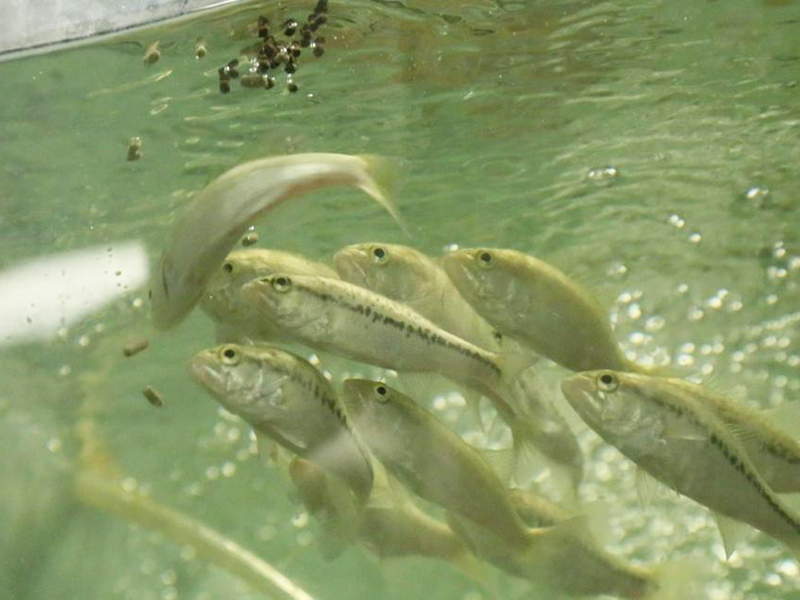
Aquafeeds
Largemouth bass responses to supplemental EPA, DHA
This 10-week feeding trial aimed at complementing existing information on largemouth bass responses to oils with supplemental EPA and DHA. Dietary supplementation of these essential fatty acids may be required in feeds for this species.


